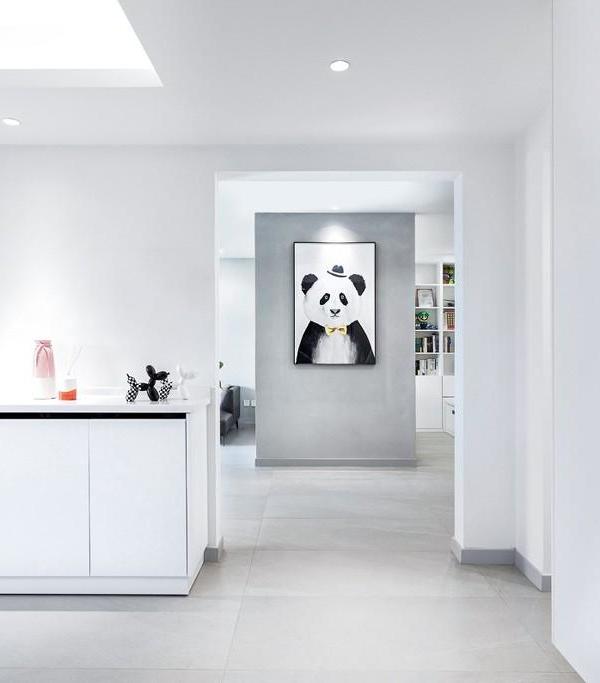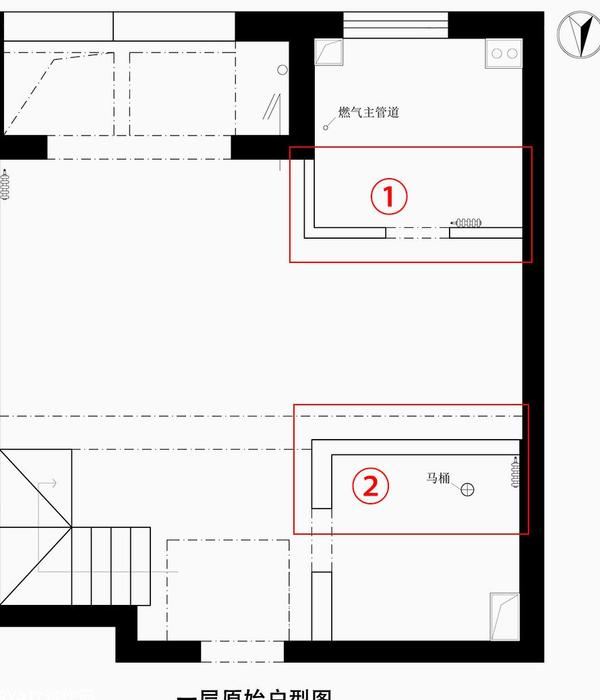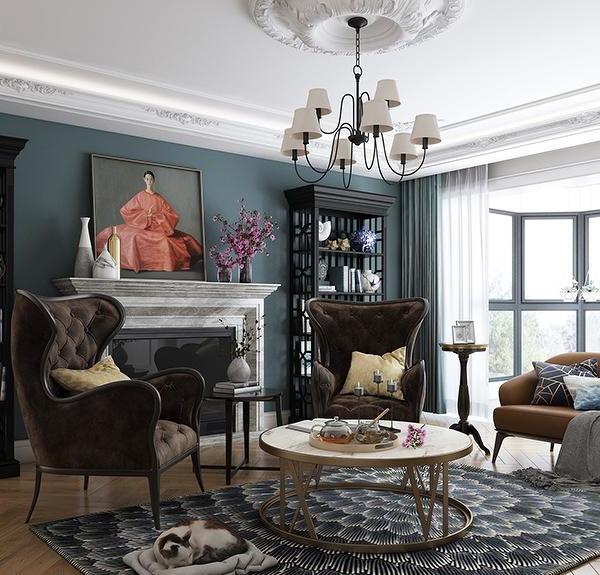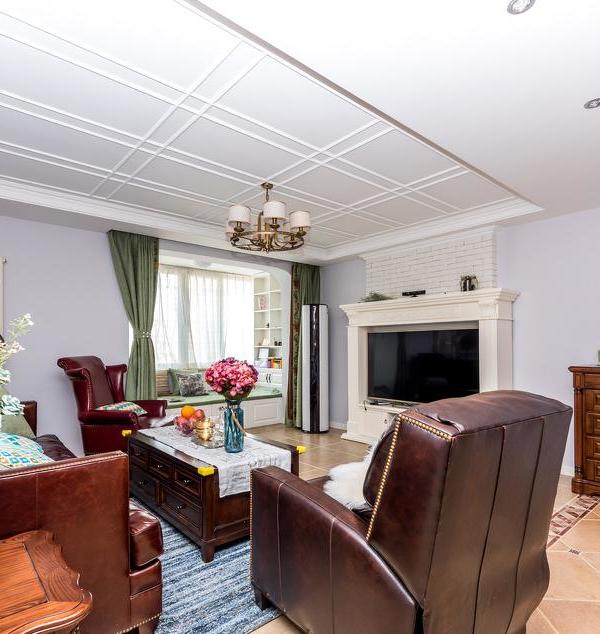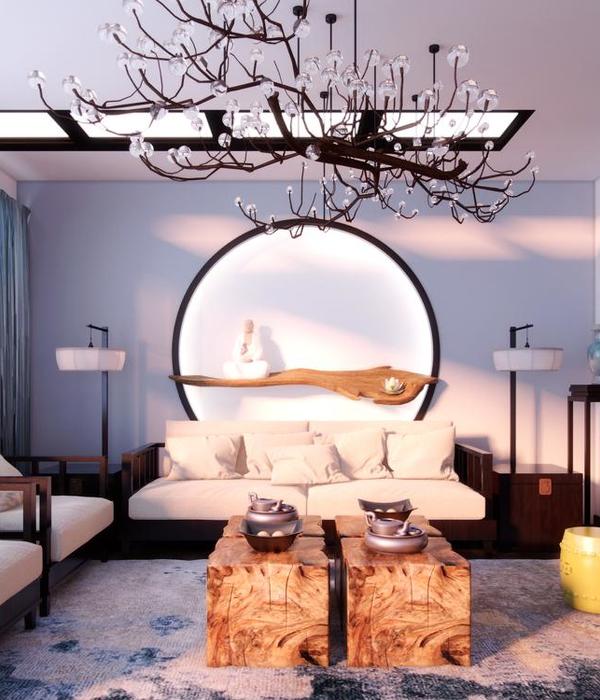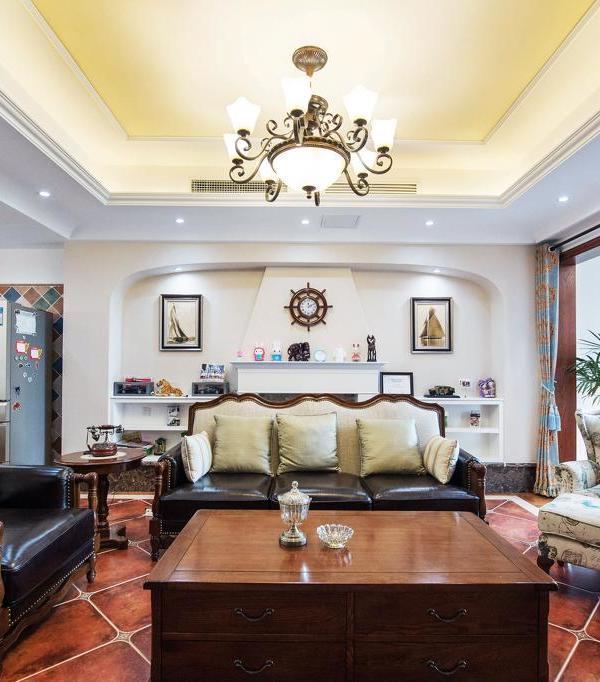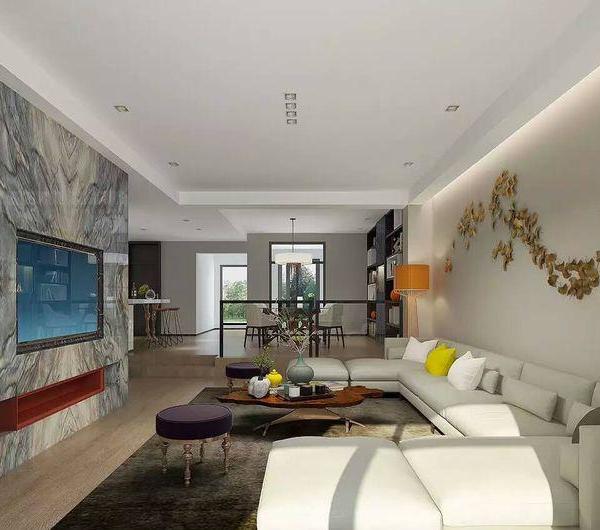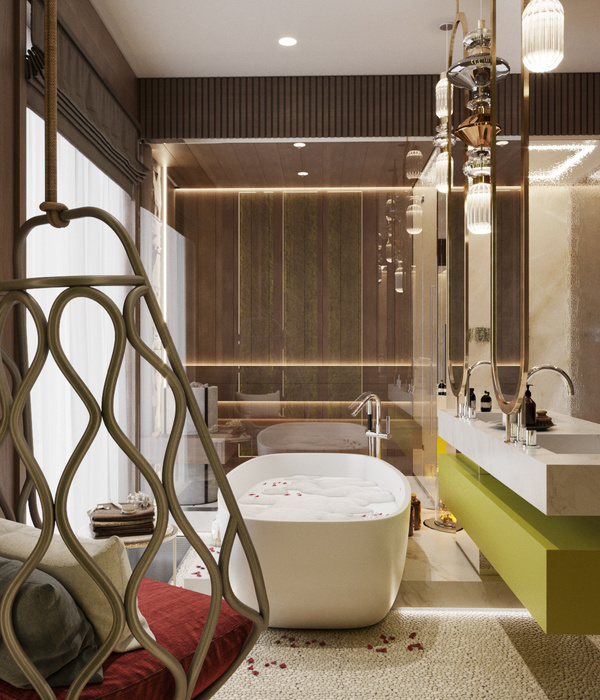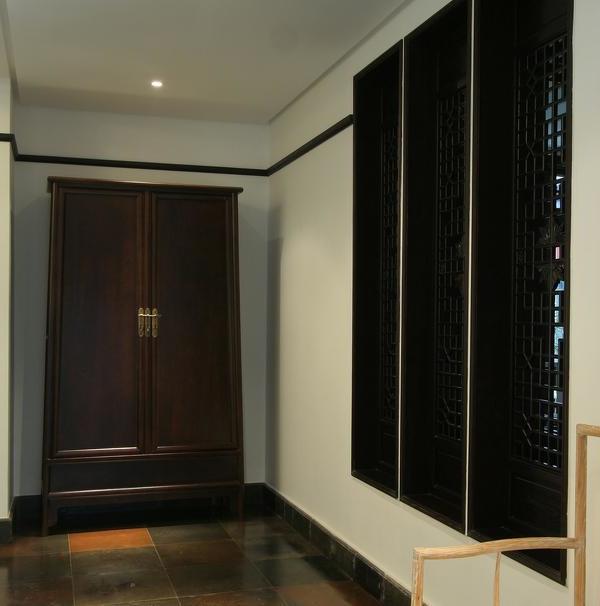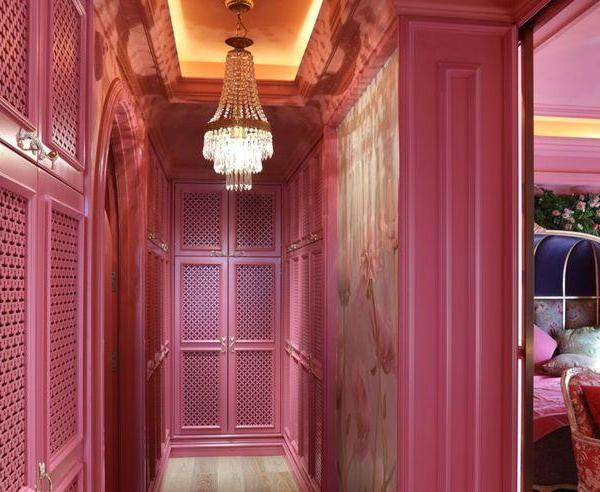© Pedro Pegenaute
佩德罗·佩佩诺特
室内庭院作为热机,建筑工作室 Espiner/Ubach 已经完成了一个项目,其中包括 26 个社会住房单元,位于巴塞罗那标志性的老纺织厂 CanBatlló旁边。中央庭院是该项目的驱动因素,因为它调节建筑物的温度,并充当社区生活的中心。
INTERIOR COURTYARD AS A HEAT ENGINE
The architecture studio Espinet / Ubach has completed a project consisting of 26 social housing units situated next to the emblematic old textile factory Can Batlló in Barcelona. A central courtyard is the driving element of the project, as it regulates the temperature of the building and acts as the epicentre of community life.
© Pedro Pegenaute
佩德罗·佩佩诺特
Axonometric
© Pedro Pegenaute
佩德罗·佩佩诺特
Can Batlló的住宅建筑是由巴塞罗纳市赞助机构 (PMHB) 组织的一次公共竞赛的结果。它位于桑茨区中心,与坎巴特洛纺织厂 (已被归类为“公共利益”) 接壤的一个剩余地点。
The residential building of Can Batlló is the result of a public competition organized by the Municipal Patronat de l’Habitatge de Barcelona (PMHB). It is located on a residual site, bordering the former textile factory of Can Batlló (which has been classified as ’of public interest’), in the heart of the Sants district.
© Pedro Pegenaute
佩德罗·佩佩诺特
在“开放道路”的标题下,比赛提出了不同高度的“包装”结构的概念,符合当地对外部和内部层次的规定。
Under the title ‘Opening Roads’, the competition presented the concept of a ‘wrapped’ structure of different heights, in accordance with local regulations on exterior and interior levels. © Pedro Pegenaute
佩德罗·佩佩诺特
这一最初的方法使我们能够探索室内庭院的质量,不仅作为照明和通风元素,而且作为连接住宅的工具。庭院作为一种气候机器,在建筑的生物气候研究中取得了很好的效果。
This initial approach allowed us to explore the qualities of an interior courtyard, not only as a lighting and ventilation element, but also as an instrument of connection between the dwellings. The courtyard works as a climatic machine and has obtained very favourable results in the bioclimatic study of the building.
First floor plan
一楼平面图
© Pedro Pegenaute
佩德罗·佩佩诺特
Third floor plan
三楼图则
© Pedro Pegenaute
佩德罗·佩佩诺特
该方案提供了一种了解住宅内部布局的新方法。四合院周围布置了一圈服务区域,内部皇冠上有一圈,外立面上有灵活的起居区。
The programme presents a new way of understanding the internal layout of the dwellings. A ring of service areas has been placed around the courtyard, in the inner crown, and flexible living areas on the exterior facade.
© Pedro Pegenaute
佩德罗·佩佩诺特
建筑物的“表皮”适合每个外观,并产生最佳的视觉装配。其结果是表面上细微的裂缝,信封的非正交性,以及分割墙的几何顺序的断裂。
The ‘skin’ of the building adapts to each façade and produces optimal visual assembly. The result is the subtle fractures in the façade, the de-orthogonally of the envelope, and the break in geometric order of the dividing walls.
© Pedro Pegenaute
佩德罗·佩佩诺特
这座建筑在街道上有很好的立足点。一个门廊遮住了车库的入口,扩大了前往坎巴特洛公园的行人通道。正面的处理反映了这一意图:在容纳公寓的地板上有生动的白色垂直穿孔,而在处理底层瓦楞纸时则采用深灰色。由于这种色彩对比,这座建筑似乎“浮”了起来。
The building has a robust presence at street level. A porch shelters the entrance to the garage and enlarges the pedestrian access to the Can Batlló park. The treatment of facades reflects this intention; vivid white vertical perforations on the floors that accommodate the apartments and dark grey in the treatment of corrugated sheets on the ground floor. The building appears to ‘float’ thanks to this chromatic contrast.
© Pedro Pegenaute
佩德罗·佩佩诺特
1976 年在米克尔·埃斯皮内 (1948 年) 和安东尼·乌巴赫 (1944-2018 年) 的指导下在巴塞罗那成立,工作室的工作是基于社会和文化承诺、技术创新、对环境和功能的尊重。他们最近的作品包括巴塞罗那的一座医学研究中心,塔拉戈纳的一家酒厂,以及巴塞罗纳中央情报局帕塞格市具有代表性的帕劳 Pons i Pascual 的修复。
Founded in Barcelona in 1976 under the direction of Miquel Espinet (1948) and Antoni Ubach (1944-2018), the studio’s work is based on social and cultural commitment, technological innovation, a respect for the environment and functionality. Among their most recent works are a medical research complex in Barcelona, a winery in Tarragona and the restoration of the emblematic Palau Pons i Pascual in Passeig de Gràcia, Barcelona.
Architects Espinet / Ubach
Location: Carrer del Camp, 63, 08022 Barcelona, Spain
Authors: Miquel Espinet, Antoni Ubach
Area: 3949.0 m2Project Year: 2018
Photographs: Pedro Pegenaute
{{item.text_origin}}

